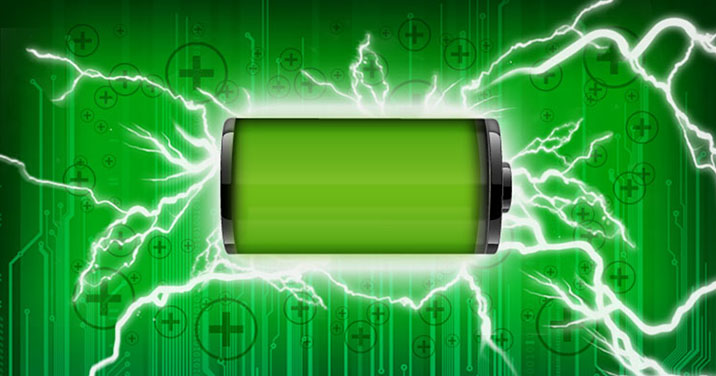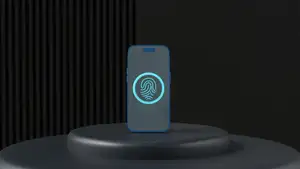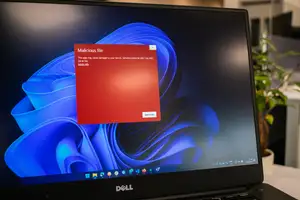
Revolution in Battery Technology
At long last there seems to be what looks to be an extraordinary advancement in battery technology. An advancement that if proven viable on a large scale basis, surpasses any and all existing battery technology in use today. Not only that, as you are about to learn, this new battery technology effectively ends the hazards associated with the lithium ion batteries that are widely used today.
Interestingly, this new battery tech was introduced at the University of Texas (Austin) by none other than John Goodenough. Chances are you might recognize that name, Goodenough as he was in fact the co-inventor of the lithium ion battery some years ago. Nowadays, Goodenough is a professor at the School of Engineering at the University of Texas.
In his latest breakthrough, Goodenough along with senior research fellow Maria Helena Braga, revealed a battery technology that completely does away with the need for a liquid based electrolyte. As you probably know, existing battery technology, whether the old school lead acid automotive battery or the lithium ion batteries used in mobile devices today, is based on utilizing a liquid or gel electrolyte. Recall from your high school physics class that the electrolyte that enables current to flow.
That being said, one challenge with liquid electrolyte based lithium ion batteries is that rapid charging can and does result in short circuits. These short circuits can lead to internal battery fires and subsequent explosions. Thus the restrictions recently placed on the transport of lithium ion batteries.
However, the new battery tech revealed by Goodenough and Braga does away with the need for a liquid electrolyte. Instead, this new battery uses a revolutionary glass electrolyte. For the record, note that this glass electrolyte makes use of an alkali metal comprised of lithium, sodium or potassium.
It turns out that the use of such an electrolyte brings with it an impressive list of benefits. For one, this means that the associated energy density is significantly higher. Note that recent laboratory tests indicate that more than 1,200 charge and discharge cycles are possible with extremely low cell degradation.
In addition to all of that, utilizing this glass electrolyte also means that the battery can fully function at much lower temperatures. Lab tests suggest this new battery tech can perform at temperatures as low as -20 degrees Celsius. For the record, this is the first proven solid state battery that can adequately function below 60 degrees Celsius.
As you can plainly see from the above, this is a true revolution in battery technology. You can certainly expect to see this type of battery technology in use in the near future.









